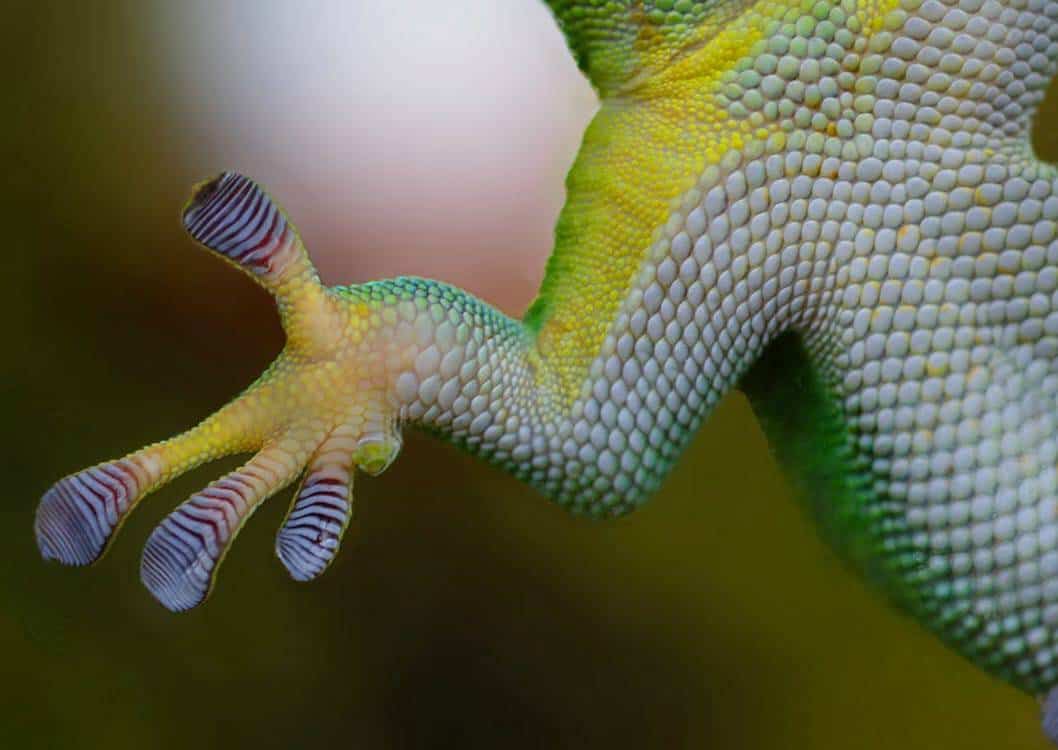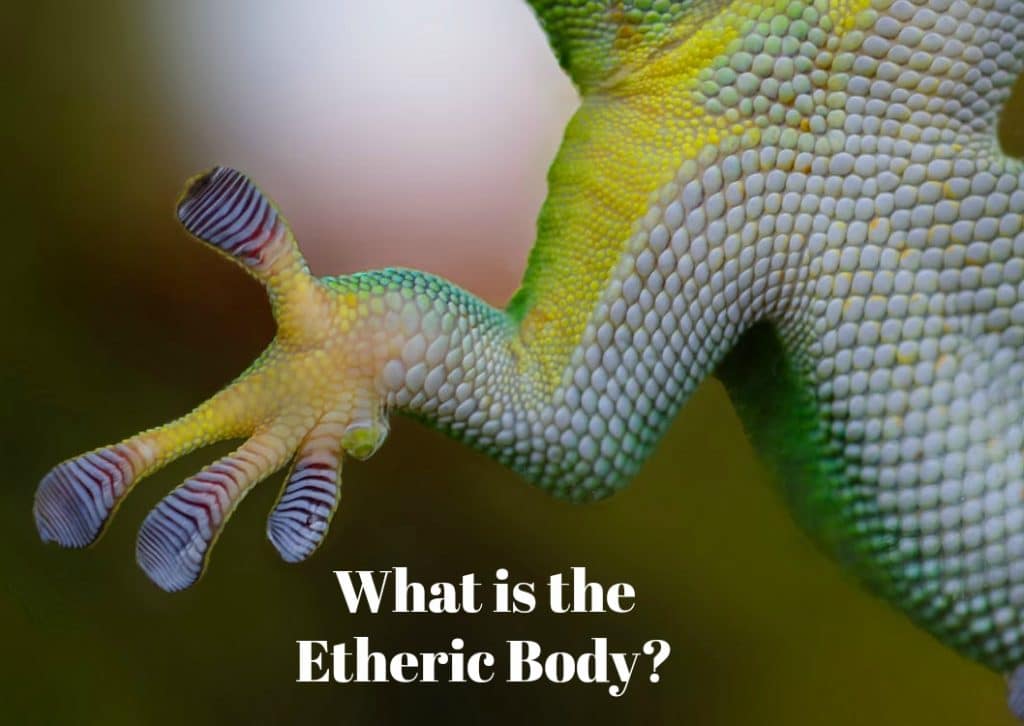What is the Etheric Body?
When I talk about our human energy systems, I am starting with the Etheric body because it is the energy system for the physical body. To understand energy and how it relates to our experience, it can be useful to start with the energy of the physical body because we have a clear awareness of our bodies, and they are often what we think of as “us.”
The Etheric body is the densest of the energy systems. This is because it is the system for the physical body, which is dense itself.
Nadis, Chakras & Aura
The Etheric field has 3 major components: nadis, chakras and an aura. Many yogis have heard of the three major nadis within the physical body: the ida, the pingala and the sushumna. On top of that, there are 72,000 minor nadis in your body that are busy delivering small energy streams to the chakras and aura of your physical body.
There are also thousands of chakras in the physical body. You have a chakra for every joint, every organ, every gland. The chakras in your physical body are far more complex than the chakras of the emotional body (which we’ll cover in the next post).
The chakras in your physical body are fed by the 72,000 nadis, which are fed by the 3 primary nadis (and vice versa). The system is a complex loop in which the nadis feed the chakras and the chakras feed the nadis.
Your Etheric body also includes an aura surrounding your body. This particular aura extends about 1 inch off of your body. The reason it does not extend further is due to the density of your physical body.
Primary Role of the Etheric Body
The Etheric energy system delivers energy to your physical body so that it can do everything that it does to enable you to generate your life experiences.
The Etheric energy system is connected to the emotional energy system and the mental energy system. The energy bodies are integrated and they speak to one another all the time.
This is part 1 in a 3-part series:
- I: Physical Body (Etheric)
- II: Emotional Body (Astral)
- III: Mental Body (Causal)





Hi
The body is in the mind.
Healing comes not from the body but from the mind.
The unwhole/unhealed body is the cause of all illness.
Do you call the mind the ” Mental body” or do you think there is a third body within the physical and astral ?
As a thought the body is just a learning tool till you dont need it.
What is thought of as the ‘body’ is way more complex than flesh, bones and thoughts, emotions. That’s all part of the experience of having a body. There are three blog posts that you can read on the EHI blog that speak to the 3 different bodies that make up our concrete experience of our lives. They are the Etheric plane or body, the Astral plane or body and the Mental/Causal. Beyond that there are four additional planes that inform our awareness – the Buddhic, Atmic, Monadic and Adi. The seven planes of consciousness were articulated by the Theosophists in the mid to late 1800’s. Their concepts have been modernized and are applied in the thinking and framework of the system of energy healing that I teach, as well as in other systems such as John Friedlander’s work. He’s done some very important work on this and EHI and other systems have benefitted from his exploration and insights.
You state that Nadis, Chakras and the aura are part of the etheric body – so are the Chinese meridians included in this.
Do you agree with the theosophical view that the etheric body/field is also the plant body of the human being?
Hello Aoife, the chinese meridians are part of a different perspective or viewpoint on the human body. The Eastern perspective of the chakras, aura, nadis comes through Hindu yoga practices. The concept of the meridian system has its roots in China.
There is a convergence of these two different perspectives that shows up in certain organs of the body having a correlative relationship whether observed and articulated in the framework of the chakras/aura/nadis or the meridians. Spleen energy is one of those convergences.
Interestingly, I learned a lot about subplanes in the Etheric field that clearly delineate the individual nadis and their relationship to prana from the meridians and their relationship to chi. While many people think that chi and prana are different words for the same energy flow, it appears that they are in fact, slightly different. Chi is a slightly lower vibration than prana, and could be the reason why the meridian system integrates physicality with emotion, and has different organs holding specific emotions. The prana based system recognizes multiple bodies (Etheric, Astral, Mental/Causal), and their discrete, integrated functionality adds a powerful elegance to working as an energy healer in this system.
The work that I teach definitely incorporates a more Western understanding of the chakra system, as espoused by the Theosophists, but branches beyond the thinking of those times to a more more modern approach to the Etheric, Astral and other planes of consciousness than what was understood and perceived by the somewhat rigid thinking of the late 1800’s when the Theosophists were in their heyday.
Good description, except qi gong / taoist practices include a lot more than just chi development. Taoist schools typically recognize 8 bodies that interact. They tend to refer to chi as wrapped up in the etheric body which is the same as the chi body, which is the first stage of energetic development in most qi gong systems, but they recognize other energies as well.
See: https://www.energyarts.com/taoist-eight-energy-body-theory/
Also, the meridian system is only one area of chi flow. The meridians are on the outside of the body, but there are also key chi channels on the inside of the body as well. It is just that acupuncture needles can only reach energy flows on the skin, which then can influence deeper flows. But, in internal qi gong / nei gong arts, the most important channels are the same as the nadis: the central channel, the right channel (or yang channel) and the left channel (or yin channel). These have no corresponding acupuncture points, except for the perineum (which people have an objection to getting a needle in) and the top of the head, which is a very important acupuncture point. There is a lot of correspondence between the chi channels PLUS meridians and the nadis, although they are often divided up in different segments.
Very useful